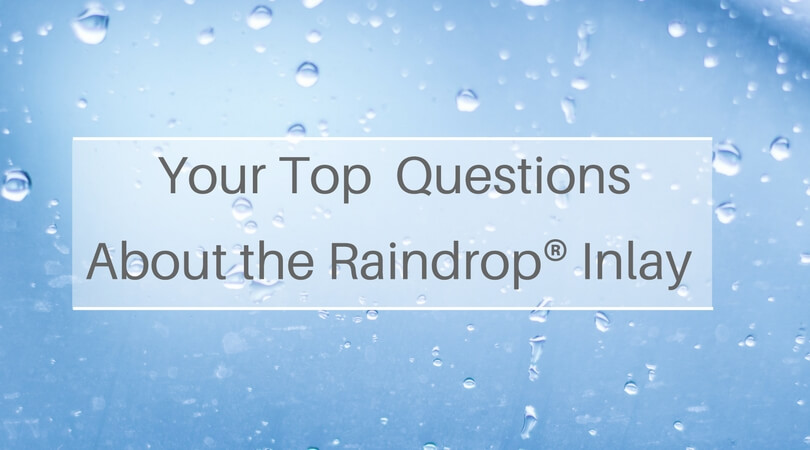We’ve been talking a lot about our new Raindrop® procedure lately, from our patient guide to our blog post about how the procedure works. We are so encouraged to see that many of you are interested in ditching the reading glasses forever, but we know you still have plenty of questions. That’s why we have put together ten of the most common questions we are asked about this new, revolutionary procedure.
NOTICE: As of January 30, 2018, Revision Optics, the manufacturer of the Raindrop® Near Vision Inlay, will no longer be in business and will not be distributing the inlay. Fichte Endl & Elmer Eyecare encourages you to review our other services and procedures to see if there is another solution available to fit your needs.
The most frequently asked questions about the Raindrop® Inlay
What is the Raindrop® Inlay?
The Raindrop® Inlay is a small disc, shaped much like a small raindrop. It is about the size of a pinhead at 32 micrometers thick and 2millimeters in diameter. The inlay is made up 80 percent water and a clear, hydrogel material.
Will people know I’ve had the procedure?
Not at all! The inlay is completely transparent and is transplanted just behind the cornea layer, which is the clear, front surface of the eye. The implant reshapes the curvature of the cornea to help provide a stronger surface for the eye to better focus on near objects.
How does it work in low light?
The Raindrop® performs well in all lighting conditions as the material is clear and transparent. This allows light to pass through the inlay normally.
Can you get Raindrop® if you have had LASIK?
The Raindrop procedure is recommended for individuals who haven’t had any prior corneal surgeries.
Can you get Raindrop® at the same time as LASIK?
Yes! This is called a concurrent treatment and can be done at the same time as LASIK in your non-dominate eye.
Can you get Raindrop® instead of cataract surgery?
The Raindrop® procedure will never “replace” cataract surgery. Instead, it is offered to those who want to improve near vision but still see clearly in the distance with no glasses. Cataract surgery is for people in the same age group who cannot see clearly due to a clouded lens in the eye. With cataract surgery, we take the lens of the eye out and replace it with a clear lens. Cataract surgery is usually done on both eyes, a week apart. The Raindrop® procedure is done on one eye only the non-dominant eye.
Does Raindrop® cure presbyopia?
Presbyopia occurs as you age and causes you to be unable to focus clearly on near objects or small print. Raindrop® Near Vision Inlay is an ideal option for those tired of hassling with reading glasses as it improves your near vision.
Can you get it if you have had LASIK in the non-dominate eye?
Unfortunately, the Raindrop® procedure is done in the non-dominant eye (one eye only). If your LASIK was done on your dominant eye, then you would be able to have Raindrop done, since it would be on your non-dominant eye.
Once the procedure is complete, how many years does it last?
Most people, who have had the Raindrop® implanted, see an improvement in their near vision within one week and it continues to improve for several weeks. Patients need to use eye drops for several months for comfort and healing.
Is the Raindrop® procedure covered by insurance?
Raindrop® is currently not covered by any insurance. It is purely an out-of-pocket expense and costs $3500. However, you can use pretax dollars from your flex spending account, credit cards, or take advantage of 0% financing through care credit.



